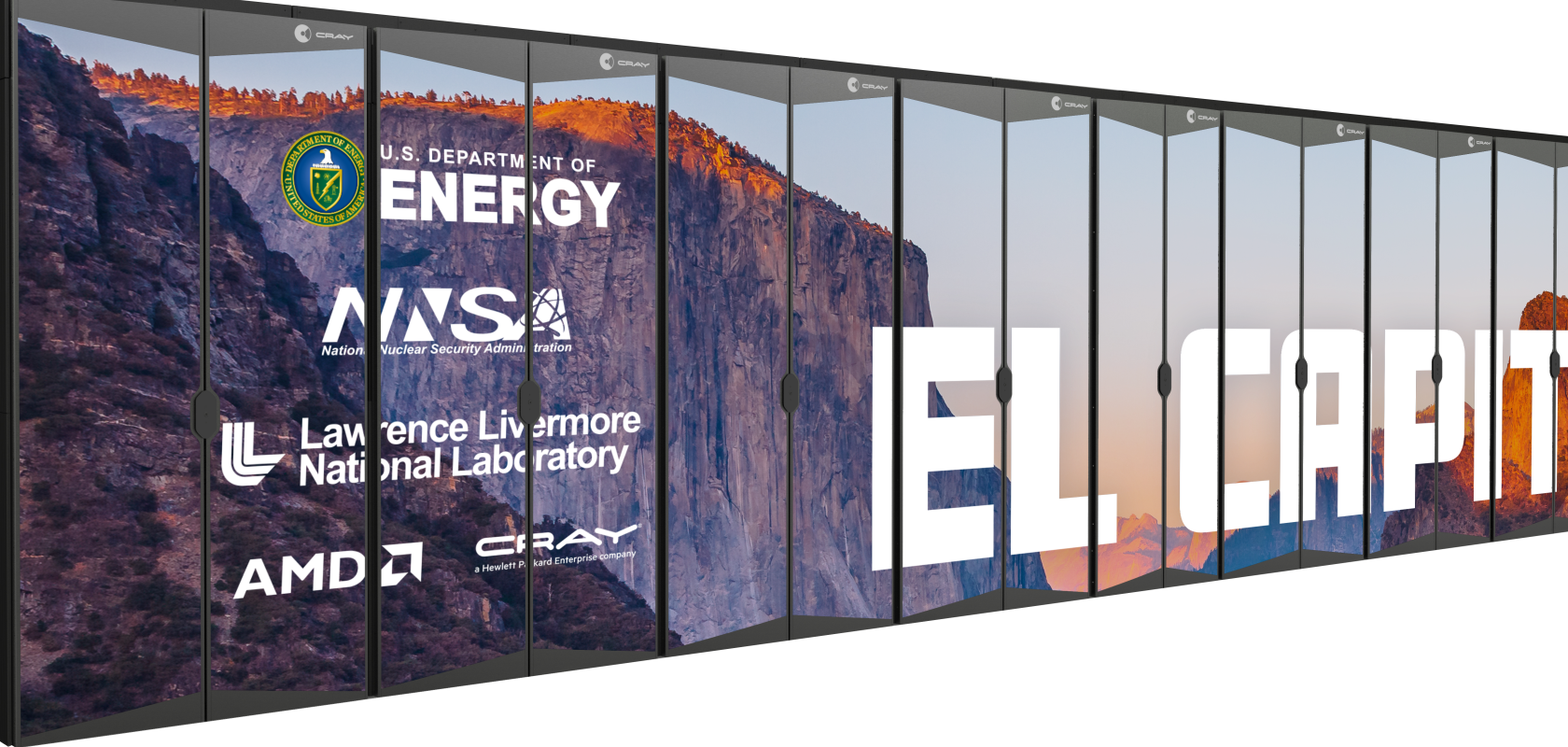AMD in collaboration with Lawrence Livermore National Laboratory (LLNL) and HPE, has announced that El Capitan, the upcoming exascale class supercomputer at LLNL, will deliver more than 2 exaflops of double-precision performance.
The system, powered by AMD EPYC CPUs, AMD Radeon Instinct GPUs and open-source AMD ROCm heterogeneous computing software, will be delivered in early 2023.
‘El Capitan will drive unprecedented advancements in HPC and AI, powered by the next-generation AMD EPYC CPUs and Radeon Instinct GPUs,’ said Forrest Norrod, senior vice president and general manager, Datacenter and Embedded Systems Group, AMD. ‘Building on our strong foundation in high-performance computing and adding transformative coherency capabilities, AMD is enabling the NNSA Tri-Lab community—LLNL and the Los Alamos and Sandia national laboratories—to achieve their mission-critical objectives and contribute new AI advancements to the industry. We are extremely proud to continue our exascale work with HPE and NNSA and look forward to the delivery of the most powerful supercomputer in the world expected in early 2023.’
The AMD based nodes will be optimised to accelerate artificial intelligence (AI) and machine learning (ML) workloads to potentially enable the expanded use of AI and ML into the research, computational techniques and analysis that benefits NNSA missions.
The system will make use of AMD EPYC processors, codenamed ‘Genoa’ featuring the ‘Zen 4’ processor core. These processors will support next-generation memory and I/O subsystems for AI and HPC workloads,
El Capitan will use Radeon Instinct GPUs based on a new compute-optimised architecture for workloads including HPC and AI. These GPUs will use the next- generation high bandwidth memory and are designed for optimum deep learning performance,
The 3rd Gen AMD Infinity Architecture, which will provide a high-bandwidth, low latency connection between the four Radeon Instinct GPUs and one AMD EPYC CPU included in each node of El Capitan. As well, the 3rd Gen AMD Infinity Architecture includes unified memory across the CPU and GPU, easing programmer access to accelerated computing,
An enhanced version of the open-source ROCm heterogeneous programming environment, being developed to tap into the combined performance of AMD CPUs and GPUs, unlocking maximum performance.
‘This unprecedented computing capability, powered by advanced CPU and GPU technology from AMD, will sustain America’s position on the global stage in high performance computing and provide an observable example of the commitment of the country to maintaining an unparalleled nuclear deterrent,’ said LLNL Lab Director Bill Goldstein. ‘Today’s news provides a prime example of how government and industry can work together for the benefit of the entire nation.’
‘We are pleased to partner with AMD to bring together HPE’s Cray Shasta architecture with latest AMD EPYC CPUs and Radeon Instinct GPUs and provide technology in support of the mission-critical HPC and AI workloads for Lawrence Livermore National Laboratory,’ said Peter Ungaro, senior vice president and general manager, HPC and Mission Critical Solutions (MCS) at HPE. ‘In our three U.S. exascale wins this last year, which includes the U.S. Department of Energy’s Frontier at Oak Ridge National Laboratory, the HPE systems and technologies along with AMD processors and GPUs have become a unique solution for high-performance and exascale-class computing and we look forward to continuing our collaboration to further bolster innovation.’


